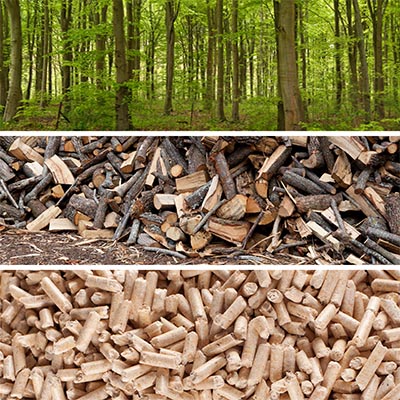History
The history of the world-leading wood pellet certification is of course tightly connected to the history of the commodity it certifies. Wood pellets appeared during the oil crisis of the 1970s, when the demand was strong for alternatives to fossil fuels. Yet it wasn’t until the 1990s, amidst growing concerns about the environment, that wood pellets were seen as a reliable alternative energy source in Europe. Since then, production and consumption kept growing steadily, and wood pellets are now truly regarded as a premium renewable fuel.
With the success of wood pellets came important questions. How do you structure the pellet market and guarantee fair trading conditions? How do you ensure transparency and comparability for the consumer? And most importantly how can you globally drive up pellet quality? Answers began to emerge with the creation of a European standard for wood pellets in 2011 (EN 14961-2), followed a few years later by the international standard (ISO 17225-2).
In this context, the ENplus® certification was established in 2011. Originally designed by the Deutsches Pelletinstitut, ENplus® introduced quality classes and stronger requirements to those set by the European and international standards. Thanks in part to the active support from European partners, ENplus® has quickly become a renowned certification in both Europe and beyond. Its success is largely contributed to a much needed harmonisation and standardisation of the pellet market.
Today, ENplus® is the world-leading certification scheme for wood pellet quality with over 1300 certified companies. Check out the statistics page for more information on the growth of ENplus®!

